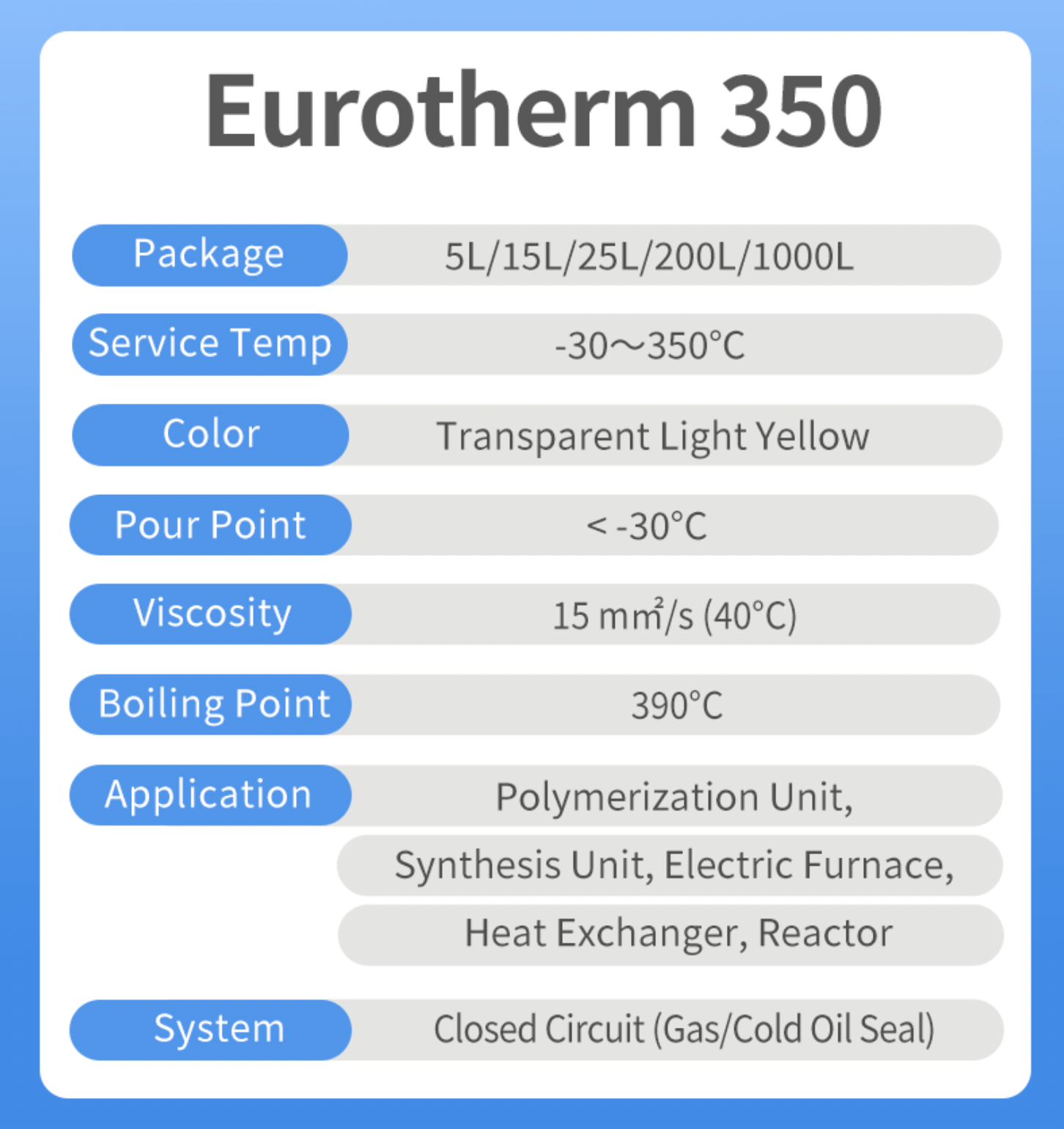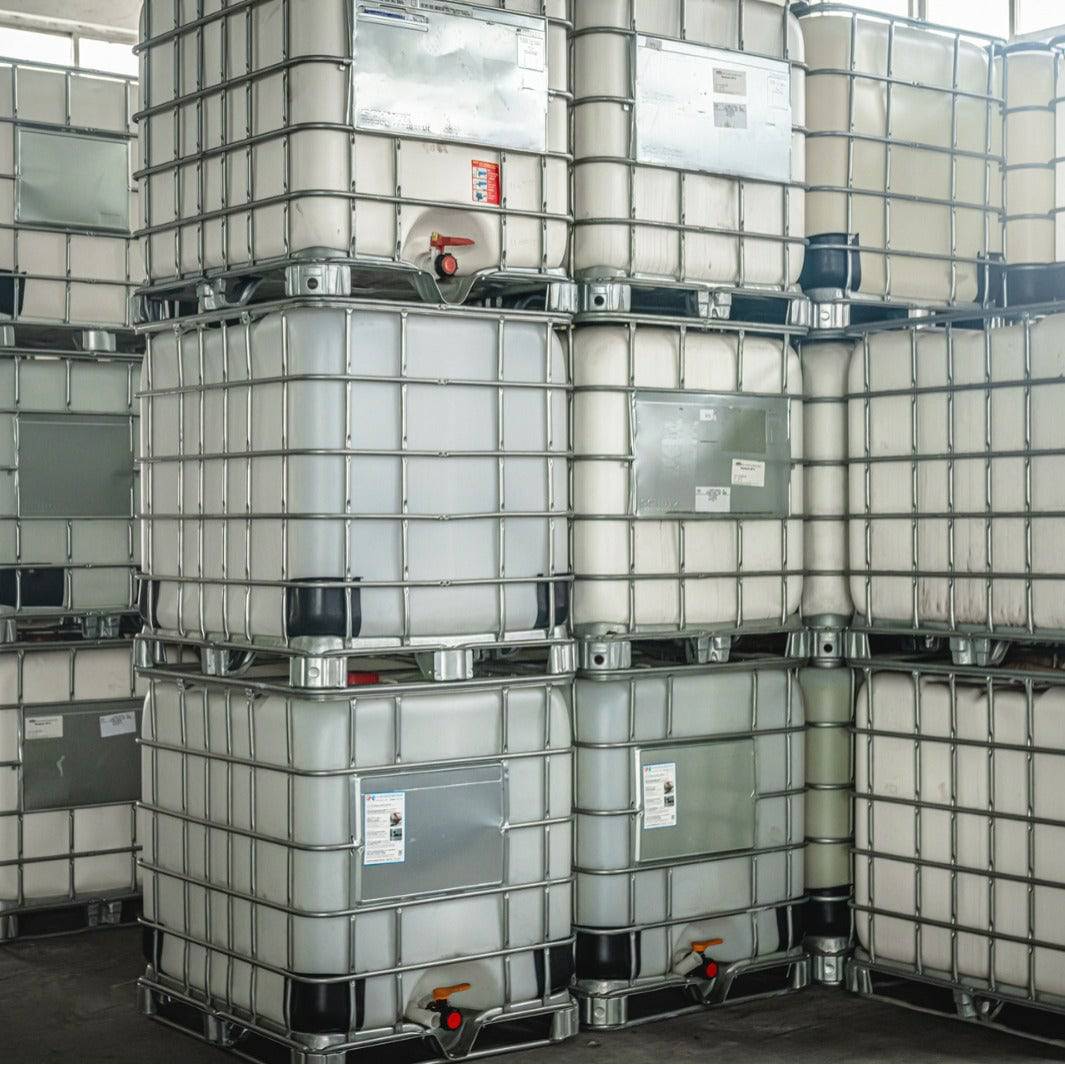The 10-Minute Rule for Chemie
The 10-Minute Rule for Chemie
Blog Article
4 Simple Techniques For Chemie
Table of ContentsNot known Details About Chemie The 10-Minute Rule for ChemieGetting My Chemie To WorkTop Guidelines Of ChemieHow Chemie can Save You Time, Stress, and Money.The smart Trick of Chemie That Nobody is Talking About
By Bojanna Shantheyanda, Sreya Dutta, Kevin Coscia and David SchiemerDynalene, Inc. Fluid cooling, which can be attained using indirect or direct methods, is used in electronics applications having thermal power densities that may surpass safe dissipation via air cooling. Indirect fluid cooling is where warm dissipating electronic components are physically separated from the fluid coolant, whereas in instance of straight air conditioning, the components remain in straight call with the coolant.In indirect air conditioning applications the electrical conductivity can be important if there are leaks and/or spillage of the liquids onto the electronic devices. In the indirect air conditioning applications where water based fluids with deterioration inhibitors are usually used, the electric conductivity of the fluid coolant generally relies on the ion focus in the liquid stream.
The increase in the ion focus in a closed loop liquid stream may happen as a result of ion leaching from metals and nonmetal components that the coolant liquid touches with. Throughout procedure, the electric conductivity of the fluid might enhance to a level which can be unsafe for the cooling system.
Chemie Fundamentals Explained
(https://experiment.com/users/chemie999)They are bead like polymers that are qualified of trading ions with ions in a remedy that it touches with. In the here and now job, ion leaching examinations were carried out with various metals and polymers in both ultrapure deionized (DI) water, i.e. water which is dealt with to the highest degree of pureness, and low electric conductive ethylene glycol/water combination, with the gauged change in conductivity reported with time.
The examples were allowed to equilibrate at room temperature for two days prior to taping the preliminary electrical conductivity. In all examinations reported in this research study fluid electric conductivity was determined to a precision of 1% making use of an Oakton disadvantage 510/CON 6 series meter which was adjusted prior to each measurement.
Unknown Facts About Chemie
from the wall surface home heating coils to the facility of the furnace. The PTFE sample containers were positioned in the heater when consistent state temperatures were reached. The test configuration was eliminated from the heater every 168 hours (7 days), cooled down to space temperature level with the electrical conductivity of the fluid measured.
The electric conductivity of the fluid example was monitored for a total amount of 5000 hours (208 days). Schematic of the indirect shut loophole cooling experiment set up. Parts utilized in the indirect shut loop cooling down experiment that are in contact with the liquid coolant.

Chemie Fundamentals Explained
During operation the liquid tank temperature level was maintained at 34C. The adjustment in liquid electric conductivity was kept an eye on for 136 hours. The fluid from the system was collected and kept. Likewise, shut loophole examination with ion exchange material was performed with the exact same cleaning procedures utilized. The initial electrical conductivity of the 230ml UP-H2O in the system determined 1.84 S/cm.

0.1 g of Dowex material was included to 100g of fluid examples that was taken in a different container. The blend was mixed and alter in the electrical conductivity at space temperature was measured every hour. The measured modification in the electric conductivity of the UP-H2O and EG-LC test liquids having polymer or metal when immersed for 5,000 hours at 80C is shown Figure 3.
Not known Details About Chemie
Number 3. Ion seeping experiment: Calculated adjustment in electrical conductivity of water and EG-LC coolants consisting of either polymer or steel samples when submersed for 5,000 hours at 80C. The results suggest that metals added fewer ions into the liquids than plastics in both UP-H2O and EG-LC based coolants. This might be due to a slim metal oxide layer which might function as an obstacle to ion leaching and cationic diffusion.
Liquids containing polypropylene and HDPE exhibited the cheapest electric conductivity changes. This can be as a result of the brief, stiff, direct chains which are less most likely to add ions than longer branched chains with weaker intermolecular forces. Silicone likewise performed well in both examination liquids, as polysiloxanes are usually chemically inert due to the high bond power of the silicon-oxygen bond which would stop degradation of the product into the liquid.
4 Easy Facts About Chemie Described
It would certainly be anticipated that PVC would certainly generate comparable results to those of PTFE and HDPE based upon the similar chemical frameworks of the products, nonetheless there might be other pollutants Look At This present in the PVC, such as plasticizers, that might affect the electric conductivity of the fluid - meg glycol. In addition, chloride groups in PVC can additionally seep into the examination fluid and can trigger a boost in electric conductivity
Buna-N rubber and polyurethane revealed indicators of deterioration and thermal decomposition which suggests that their possible energy as a gasket or glue product at greater temperatures could cause application issues. Polyurethane totally broke down right into the examination liquid by the end of 5000 hour test. Number 4. Prior to and after photos of steel and polymer examples submersed for 5,000 hours at 80C in the ion leaching experiment.
Calculated modification in the electrical conductivity of UP-H2O coolant as a function of time with and without material cartridge in the shut indirect air conditioning loophole experiment. The measured change in electrical conductivity of the UP-H2O for 136 hours with and without ion exchange material in the loophole is revealed in Figure 5.
Report this page